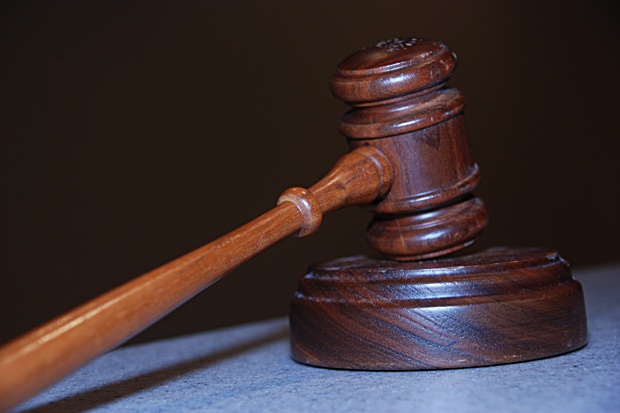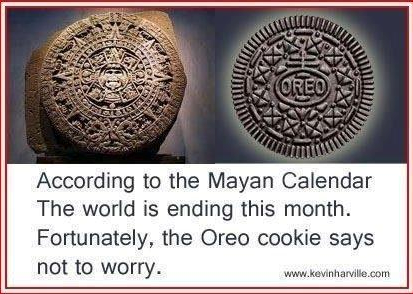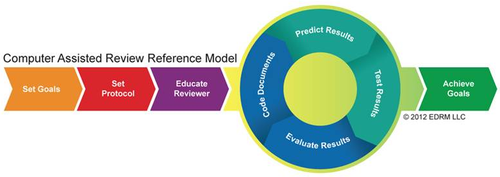Emails Between Husband and Wife Are Not Privileged, If Sent from Work Computer – eDiscovery Case Law
Emails Between Husband and Wife Are Not Privileged, If Sent from Work Computer – eDiscovery Case Law https://cloudnine.com/wp-content/themes/cloudnine/images/empty/thumbnail.jpg 150 150 CloudNine https://cloudnine.com/wp-content/themes/cloudnine/images/empty/thumbnail.jpg
In United States v. Hamilton, the Fourth Circuit found that the district court had not abused its discretion in finding that e-mails between the defendant and his wife did not merit marital privilege protection because the defendant had used his office computer and his work e-mail account to send and receive the communications and because he had not taken steps to protect the e-mails in question, even after his employer instituted a policy permitting inspection of e-mails and he was on notice of the policy.
read more



